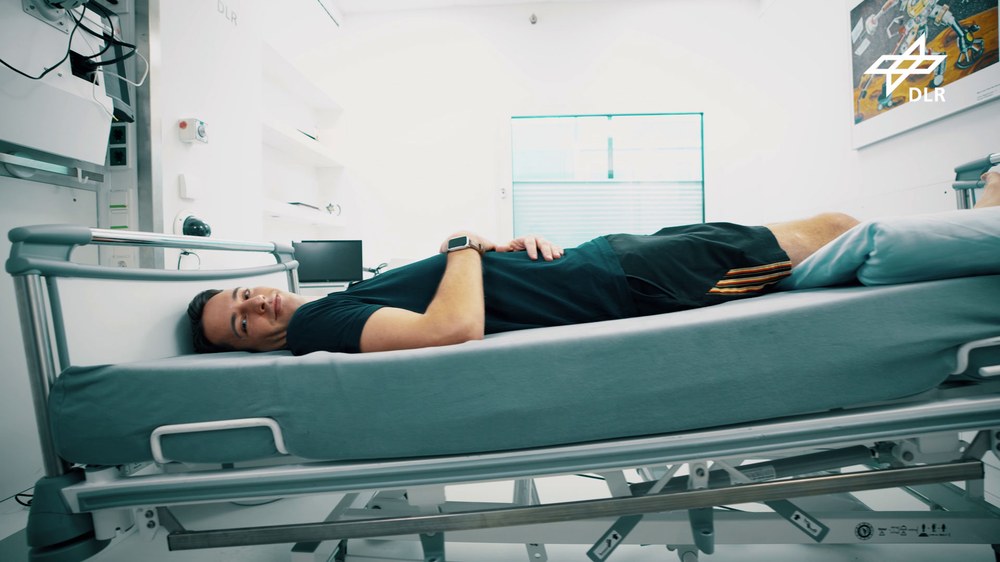Research under space conditions


Mathias Forsberg, Swedish Space Corporation (SSC)

Our 'research under space conditions' activities focus primarily on materials physics, medicine and life sciences.
Comparing experimental results under microgravity conditions in space and on Earth improves our understanding of the fundamental mechanisms and processes in these areas.
The use of drop towers, parabolic flights, sounding rockets, the International Space Station (ISS), and DLR’s own :envihab laboratory enables DLR to conduct research under both real and simulated microgravity conditions.
- In the field of life sciences, we investigate and comprehensively document the acute and chronic effects of extreme environmental conditions – such as atmospheric composition, nutrition, gravity, noise, light and radiation – on human health and performance under long-term and consistent observation. Cellular processes, individual organs and entire organisms are all considered.
- Materials research focuses on the investigation of material structures and properties through theoretical research, experiments and simulations. Access to sounding rockets and the ISS enables these experiments to be conducted under microgravity conditions.
DLR operates two key materials research facilities on the ISS: the Materials Science Laboratory (MSL) and the Electromagnetic Levitator (EML). Both are used for experiments under microgravity conditions in orbit. In addition, DLR conducts materials research on sounding rocket missions, such as those carried out as part of the MAPHEUS programme – an important platform for DLR’s microgravity experiments.
